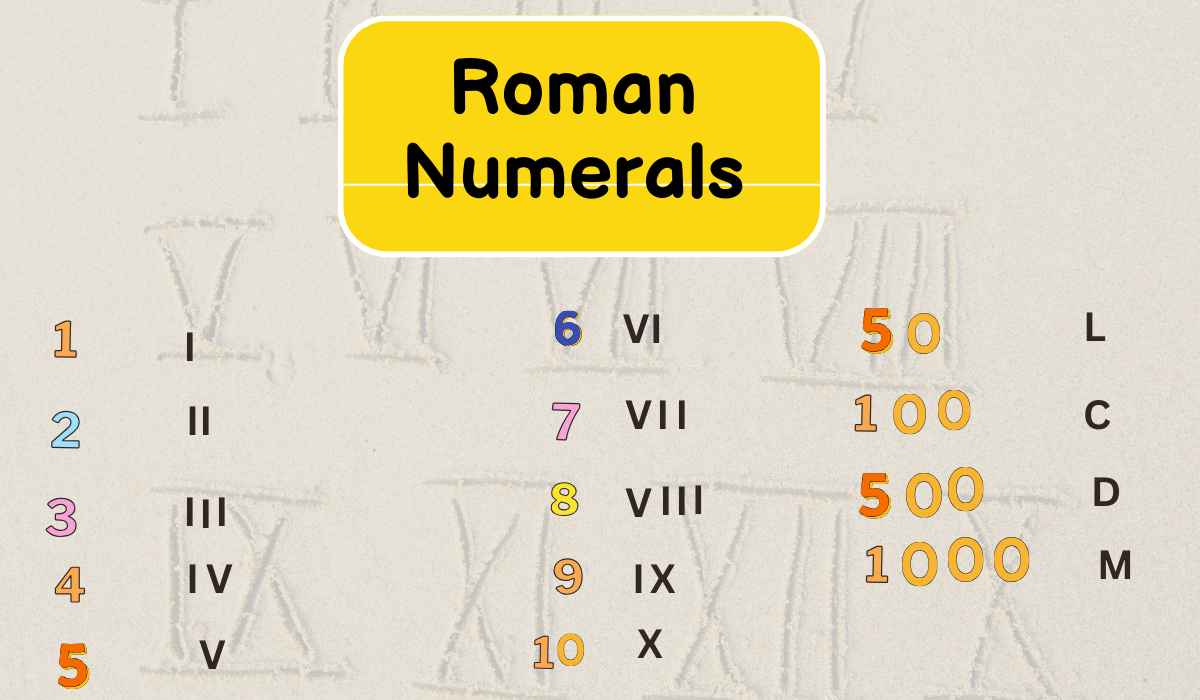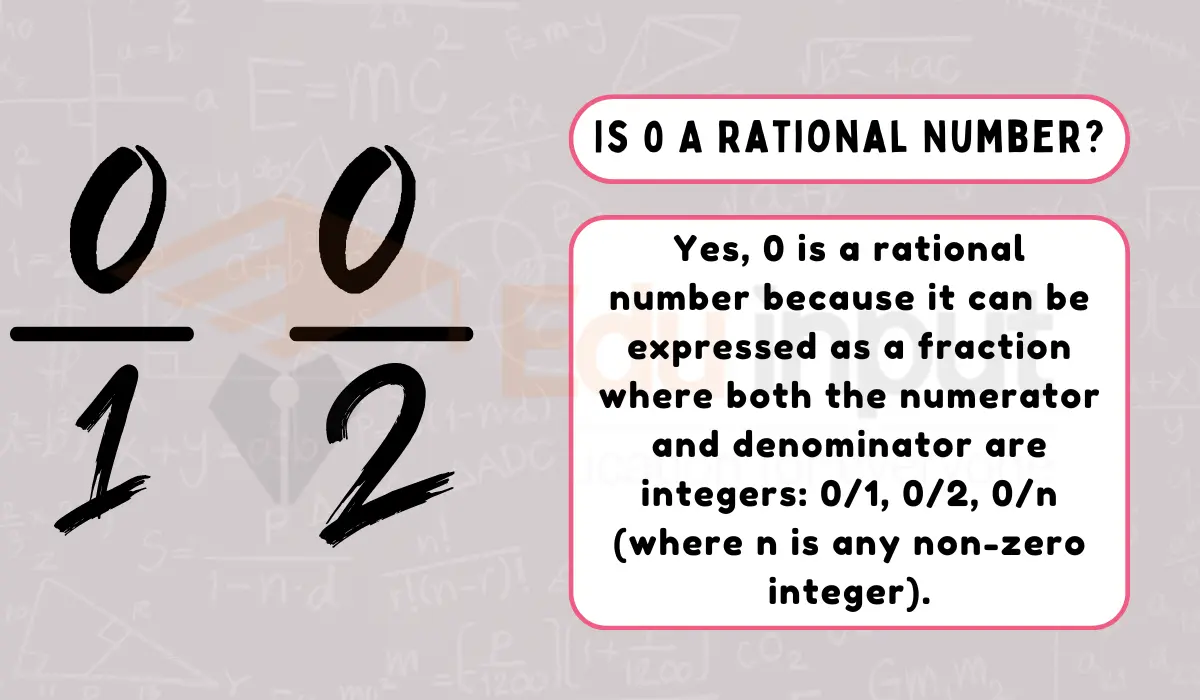What is a Number?-Definition, Examples, and History
We use numbers every day – they help us with things like counting, measuring, and labeling. Numbers also have different properties that allow us to do arithmetic operations on them. For example, the number 2 can be written as “two” in words, 25 can be written as “twenty-five” in words, and so on.
If students want to learn more about writing numbers in words, they can practice writing the numbers 1 to 100. In math, there are different types of numbers which include natural numbers, whole numbers, odd numbers, even numbers, rational numbers and irrational numbers. We will be discussing all of these types in this article as well as their applications such as forming number series and math tables.
What are Numbers?
A number is a basic component of mathematics. Numbers are used for counting, measuring, keeping things in order, indexing, etc. We have different types of numbers based on their properties such as natural numbers, whole numbers, rational and irrational numbers, integers, real numbers, complex numbers, even and odd numbers, etc.
We can apply the basic fundamental arithmetic operations of numbers and determine the resulting number. Initially, tally marks were used before the use of numbers. Let us now introduce the concept of numbers and understand their different types and their properties.
History of Number
In our lives, we use numbers every day – we don’t just use them for counting or labeling objects, but also for keeping track of time, money, and other things. Numbers are an important part of our lives and we wouldn’t be able to get by without them.
- Numerical symbols that represent numbers should be kept separate from numbers to avoid confusion. The Egyptians were the first to create a ciphered numeral system, which the Greeks later adapted by mapping their counting numbers onto the Ionian and Doric alphabets.
- The Hindu–Arabic numeral system is the most widely used system for representing numbers today, but this wasn’t always the case. In fact, up until the late 14th century, Roman numerals were predominantly used throughout Europe. These numerals were derived from variations of letters in the Roman alphabet and served as a way of representing numbers. However, once the Hindu–Arabic numeral system began to spread, it quickly became the superior choice and slowly replaced Roman numerals altogether.
- The symbol for zero, which was created by ancient Indian mathematicians around 500 AD, played a vital role in the system’s effectiveness.
- The first known use of the number zero was in the Brahma Sphuasiddhanta, a key work of Indian mathematician Brahma Gupta, written in AD 628. Brahma Gupta considers zero to be a number in this document and addresses operations that include it, such as division. The definition of zero had clearly entered Cambodia in the form of Khmer numerals by this period, and evidence shows that it later spread to China and the Islamic world.
Number Definition
A number is an arithmetic value used to represent quantity and used in calculations. A written symbol, like “3”, which represents a number is called a numeral. A number system is a writing system that uses digits or symbols to logically represent numbers. The numeral system:
The usefulness of a set of numbers
Is dependent on how it reflects the arithmetic and algebraic structure of a number.
A set of numbers is considered standard if it provides a standard representation.

 written by
written by 





Leave a Reply